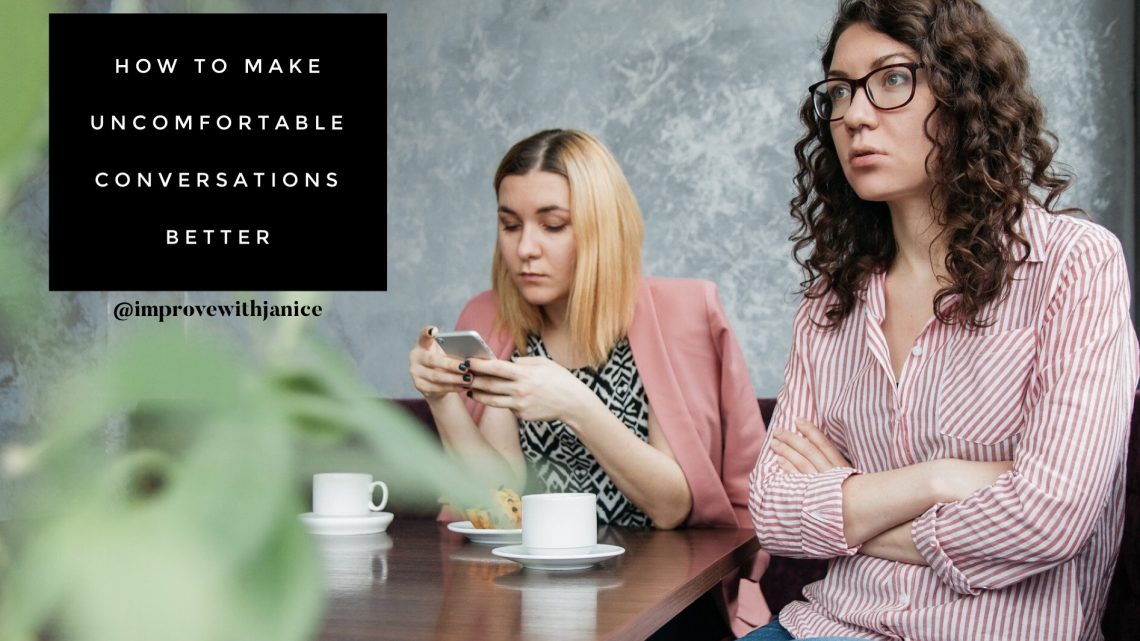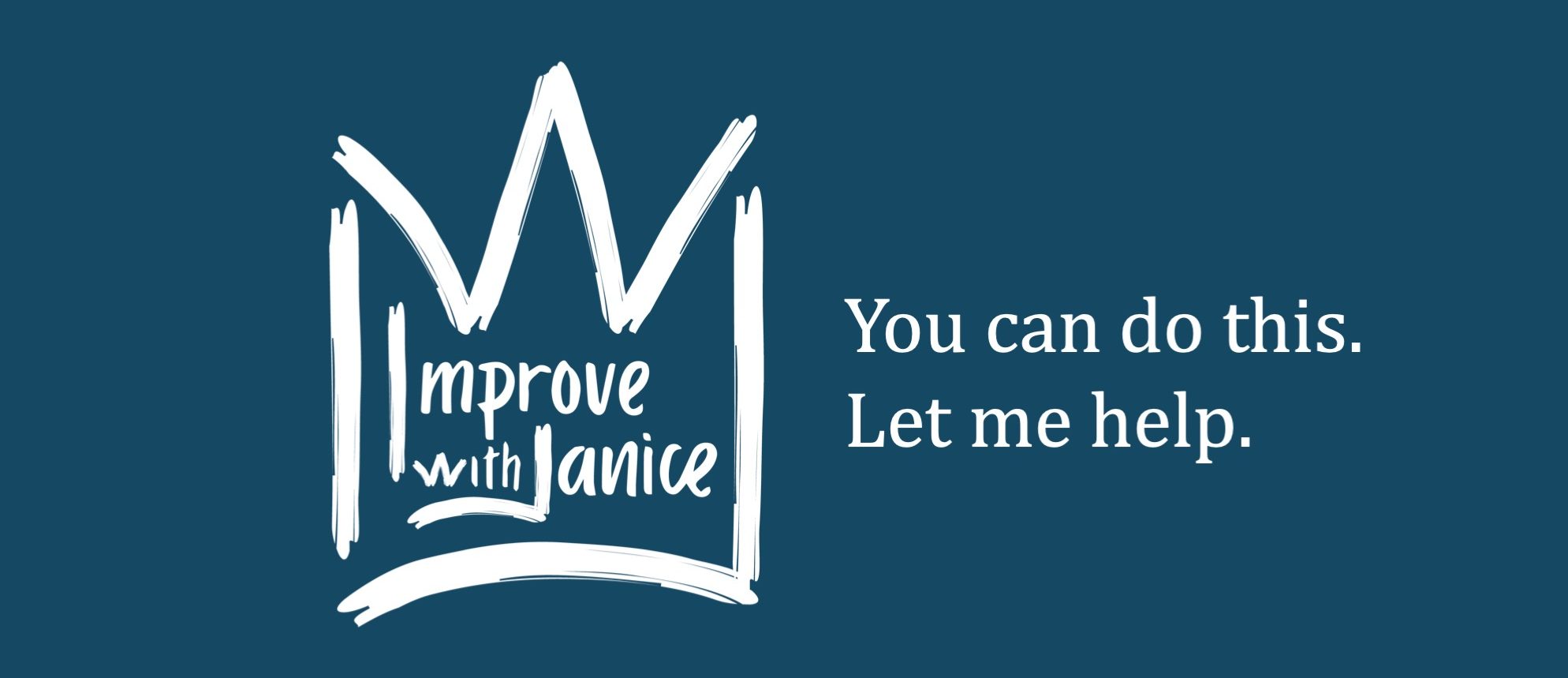How to Make Uncomfortable Conversations Better
03/21/2021
Conflict happens. Tough conversations often don’t take care of themselves. Ignoring uncomfortable conversations might seem ideal at first, but may allow the issue to grow and worsen where a quick conversation may have nipped it in the bud. Many people identify as conflict averse, so here are some ways we can make uncomfortable conversations better.
Define the issue
Determine the EXACT topic of the conversation and do not allow the conversation to deviate from that topic. Save the tangents and other issues/complaints for another time. Expanding the issues make it harder to find a solution whereas a defined problem can often have a simpler solution.
Predetermine your ideal result
What are you hoping for? If you approach a tough topic with a specific goal or outcome in mind, it’s less overwhelming and easier to lead the conversation. If you are prepared with working solutions or proposals, the solution may be closer and might also reduce need to revisit the conversation.
Unify the conversation
Try to make the outcome something that is good for both parties. It’s easier to be motivated to address something tricky when there is mutual interest for change.
Anticipate snags
Brainstorm counterpoints or hindrances both for the topic as well as for the person participating. What could sabotage success?
Make a mental movie
See the full conversation from start to finish including a successful conclusion. Include details such as conversational challenges and counterpoints or steering away from potential tangents. Picture the benefits from successfully addressing the conversation and improving communication.
Set the environment
Just as you may clean house for company or light a candle and play music to unwind, determine an ideal environment for the conversation. Would a casual chat or a formal sit down better suit your needs? Should the conversation be public or private? Would conversation over an activity help? Is sitting face to face, where you can pick up nonverbal cues from facial expressions, advantageous? Or would sitting side-by-side help, where it may feel less confrontational due to less direct eye contact?
Armed with proper preparation, feel more confident and put uncomfortable conversations into your comfort zone.
